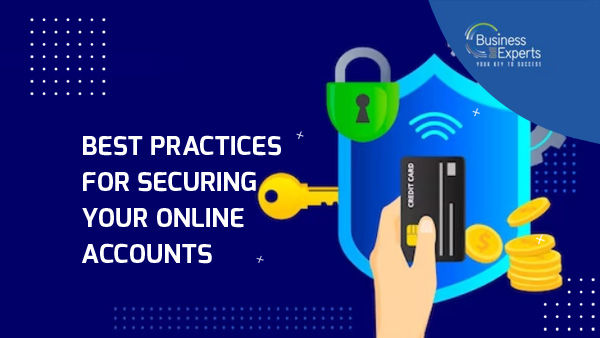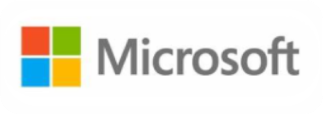In an increasingly interconnected world, where online accounts hold personal information and provide access to various services, securing those accounts has become crucial. Cybercriminals are continuously evolving their tactics to compromise accounts, making it essential for individuals to adopt best practices for account security.
In this article, I have shared some impactful strategies for securing online accounts, supported by real-world examples and best practice that illustrate the importance of managing your on-line presence.
Top 4 Tips to Secure Your Online Accounts
Strong and Unique Passwords
Using strong and unique passwords is one of the fundamental steps in securing online accounts. Weak passwords can be easily guessed or cracked, granting unauthorized access to personal information.
Example: Yahoo Data Breach (2013-2014)
In one of the largest data breaches in history, Yahoo suffered a massive security incident that affected approximately three billion user accounts. The breach, which occurred due to weak security practices, compromised user names, email addresses, hashed passwords, and other personal information. This incident underscores the importance of strong, unique passwords to prevent unauthorized access to online accounts.
Best Practice: Create strong passwords that include a combination of upper- and lower-case letters, numbers, and special characters. Additionally, use a unique password for each online account to minimize the impact of a potential data breach.
Two-Factor Authentication (2FA)
Implementing two-factor authentication adds an extra layer of security to online accounts. This method requires users to provide an additional piece of information, typically a temporary code or biometric verification, along with their password.
Example: Twitter Account Hack (2020)
In 2020, several high-profile Twitter accounts, including those of prominent individuals and companies, were compromised by attackers. The hackers gained unauthorized access to the accounts and posted fraudulent messages. This incident shed light on the importance of enabling two-factor authentication to prevent unauthorized access, even if passwords are compromised.
Best Practice: Enable two-factor authentication whenever possible, as it significantly enhances the security of online accounts. Popular methods include SMS codes, authenticator apps, or biometric factors like fingerprint or facial recognition.
Regular Software Updates
Keeping software and applications up to date is crucial for maintaining a secure online environment. Software updates often include security patches that address vulnerabilities and protect against emerging threats.
Example: WannaCry Ransomware Attack (2017)
The WannaCry ransomware attack targeted computers running outdated versions of Microsoft Windows. The attack exploited a vulnerability for which Microsoft had released a security patch months earlier. Organizations and individuals who had failed to install the patch became vulnerable to the ransomware, resulting in significant disruption and financial losses.
Best Practice: Enable automatic updates for operating systems, software, and applications. Regularly check for updates and promptly install them to ensure that your online accounts benefit from the latest security enhancements.
Beware of Phishing Attempts
Phishing attacks involve tricking individuals into providing sensitive information by posing as legitimate entities. Phishing emails, websites, or messages often mimic trusted organizations, leading users to unwittingly disclose their login credentials.
Example: Google Docs Phishing Attack (2017)
In 2017, a large-scale phishing attack targeted Gmail user. Victims received an email inviting them to view a shared Google Docs document. The malicious email appeared legitimate, using Google branding and a deceptive authorization request. Clicking the link redirected users to a fake Google login page, enabling attackers to steal login credentials.
Best Practice: Exercise caution when clicking on links or providing personal information online. Be vigilant for suspicious emails, check the sender’s address, and scrutinize URLs before entering login credentials. When in doubt, independently verify the authenticity of requests before taking any action.
Conclusion
Securing online accounts is vital for safeguarding personal information and preventing unauthorized access. By adopting best practices such as using strong and unique passwords, enabling two-factor authentication, keeping software up to date, and being vigilant against phishing attempts, individuals can significantly enhance the security of their online accounts. Real-world examples serve as reminders of the potential consequences of inadequate account security and underscore the importance of implementing these practices in today’s digital landscape.
To know more you can contact us at [email protected]. Follow us on our LinkedIn to stay up-to-date on this solution.






